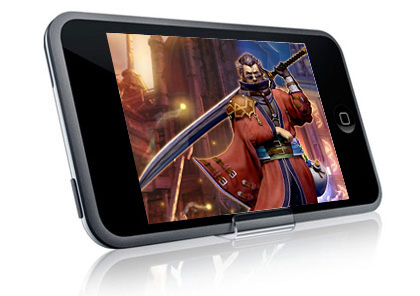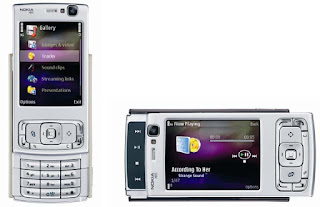![]() Here’s a report about an interesting piece of research into the elusive animal that is the iPhone and Android user, or more precisely that animal’s usage of apps (“… there’s an app for that…”).
Here’s a report about an interesting piece of research into the elusive animal that is the iPhone and Android user, or more precisely that animal’s usage of apps (“… there’s an app for that…”).
The researchers from Gravity Tank chose Android (well, the G1) next to the iPhone because Android Market and Apple’s App Store both allow “unlike older smartphones [sic!] easy access to a range of free or low-cost applications”. Now this is what the (mobile) world has become in the last 12 months…
Anyway, the survey finds that the average (!) user has 23.6 applications on his/her phone and uses 6.8 of them every day. 48 percent report shopping for apps more than once a week. About the same number (49 percent) report using apps on their phone for more than 30 minutes a day. Woah, nice!
But it goes on: 32% said they used portable gaming devices less because of their app-enabled phones. This reminds me of one of my predictions on how the iPhone would eat into the handheld gaming market (see here, here, here and here).
And it shows, more importantly maybe, that these owners of the “newer” smartphones use them as true multimedia devices rather than only phones: 31% read newspapers less, 28% use GPS devices less, 28% use MP3 players less (well, they have one of the better ones if they use an iPhone), and 24% are watching less TV. Media going mobile then, finally…
 And then – another indication on how far we have gone – the NY Times starts to whine: it notes that “despite Apple’s relentless advertising of its App Store, it seems that the availability of applications is not the primary driver of phone-buying behavior.” Doh. Now, here’s a finding. 74% of the respondents said the device “allowed” them to check their e-mail and calendar, and it allowed them to consolidate multiple devices into a single device whereas “only” 67% cited the availability of new games and applications. Only 67%, huh? Brave new world!
And then – another indication on how far we have gone – the NY Times starts to whine: it notes that “despite Apple’s relentless advertising of its App Store, it seems that the availability of applications is not the primary driver of phone-buying behavior.” Doh. Now, here’s a finding. 74% of the respondents said the device “allowed” them to check their e-mail and calendar, and it allowed them to consolidate multiple devices into a single device whereas “only” 67% cited the availability of new games and applications. Only 67%, huh? Brave new world!










